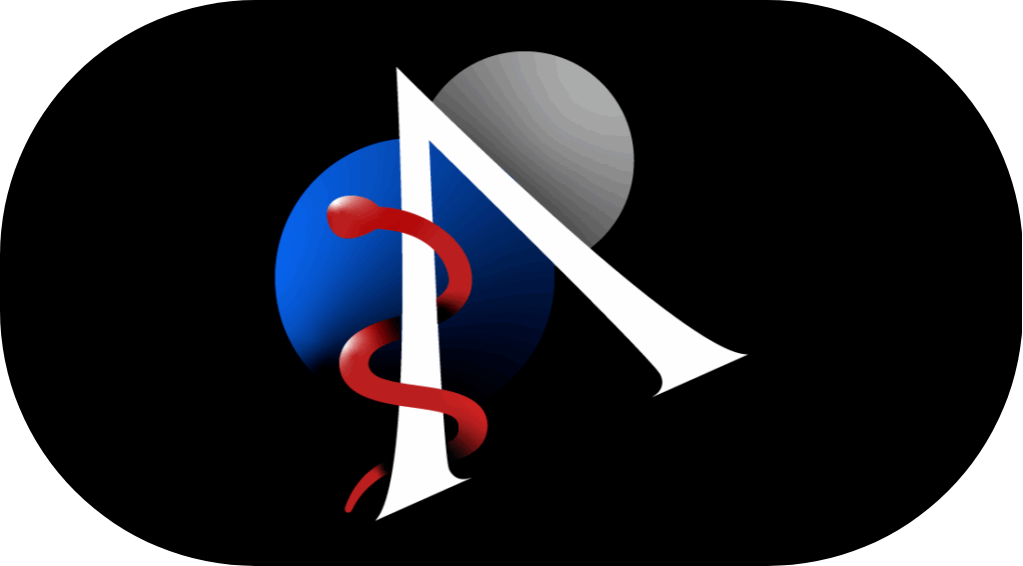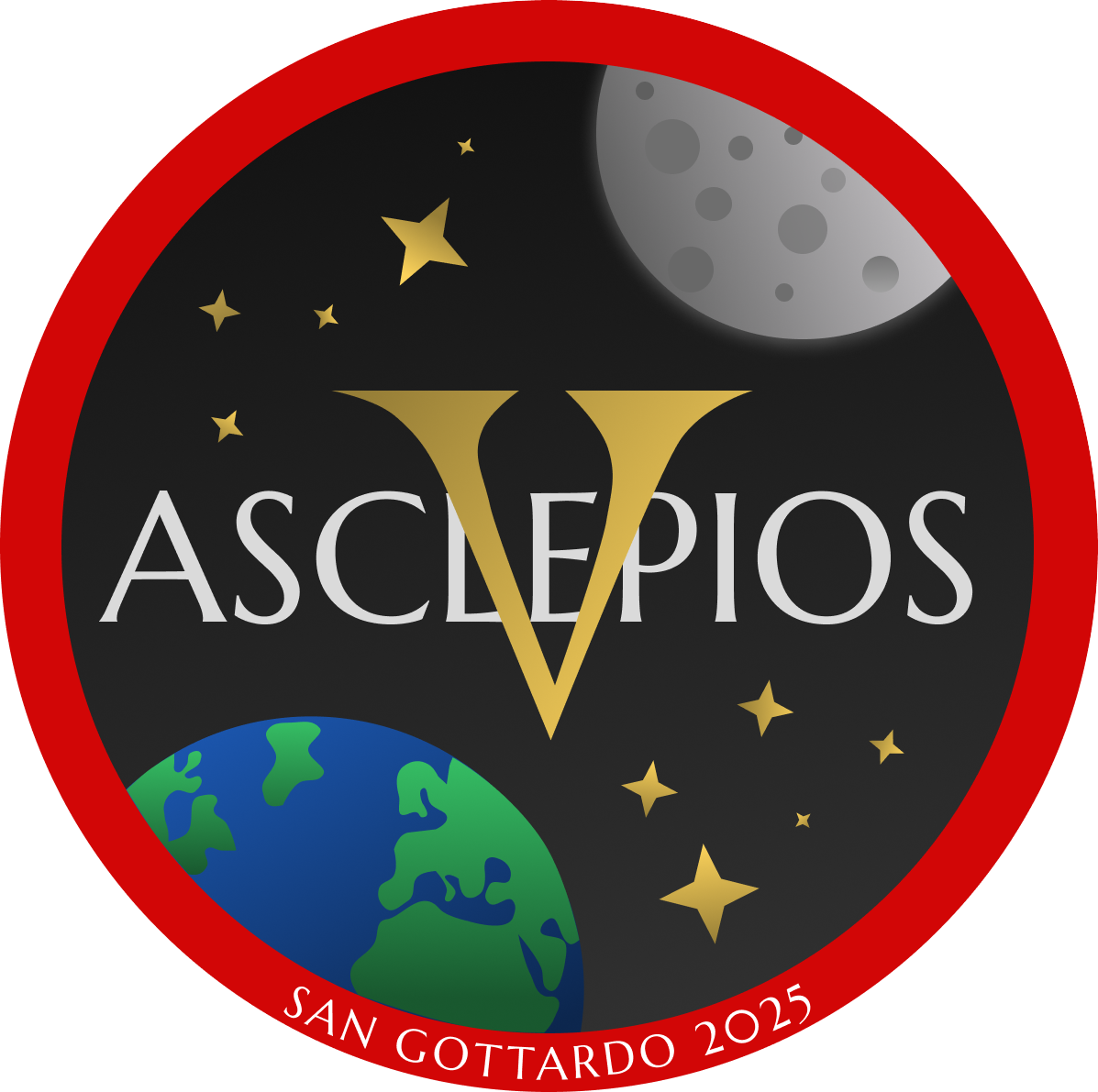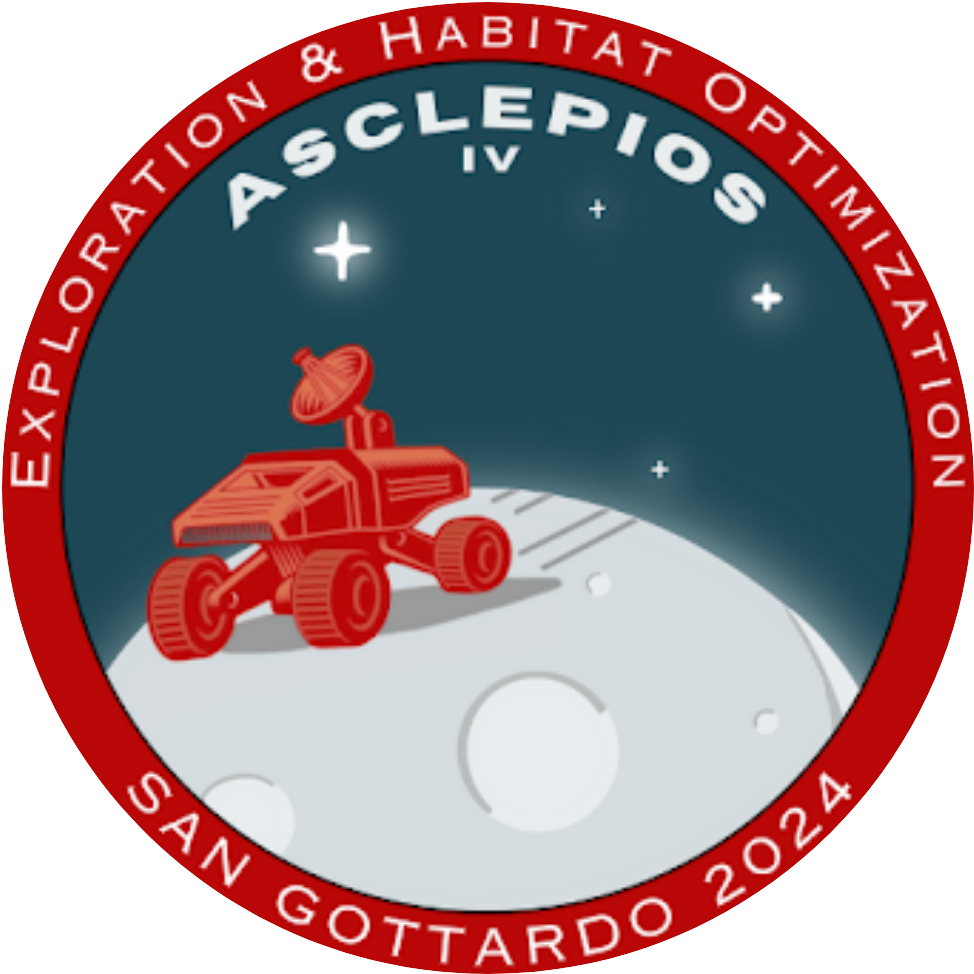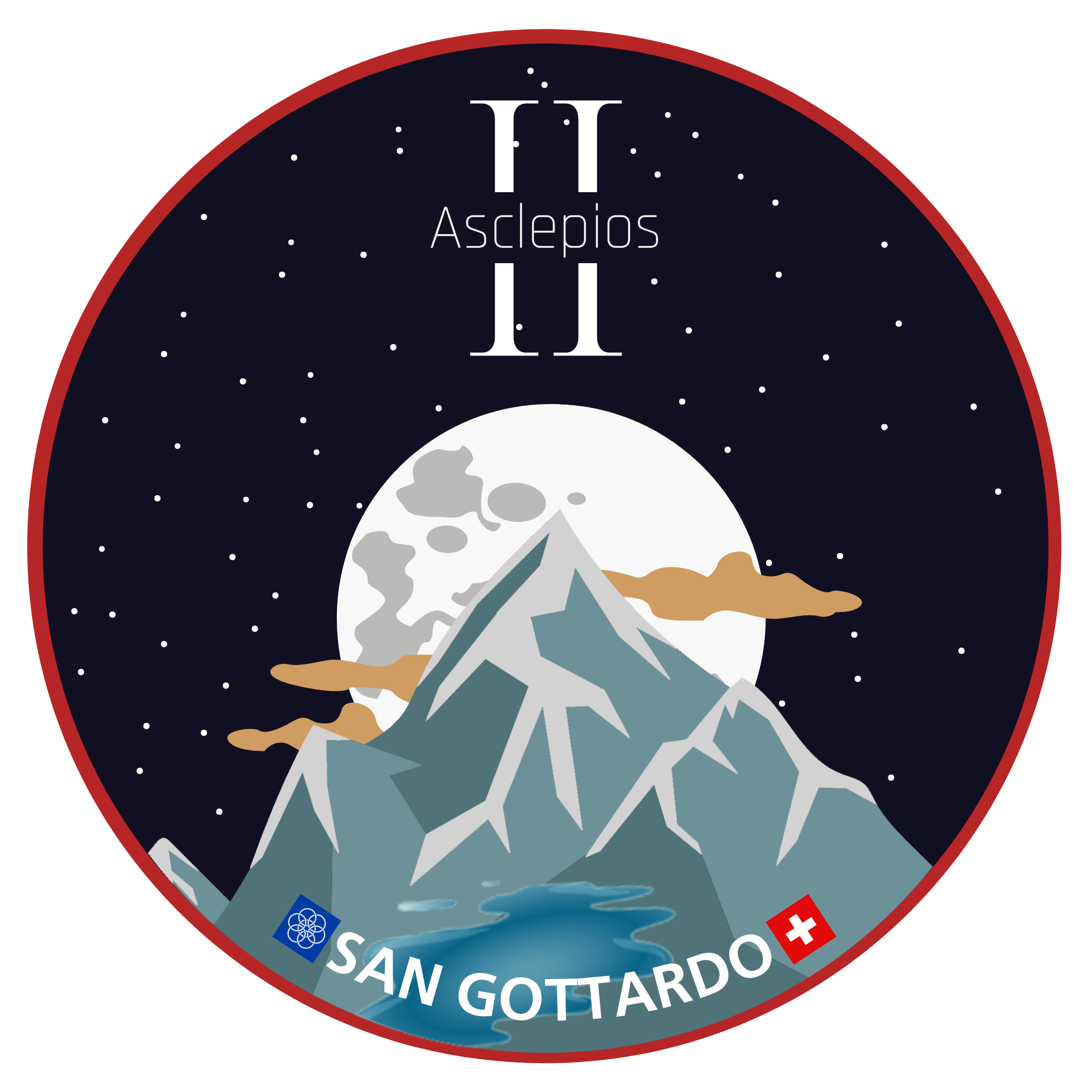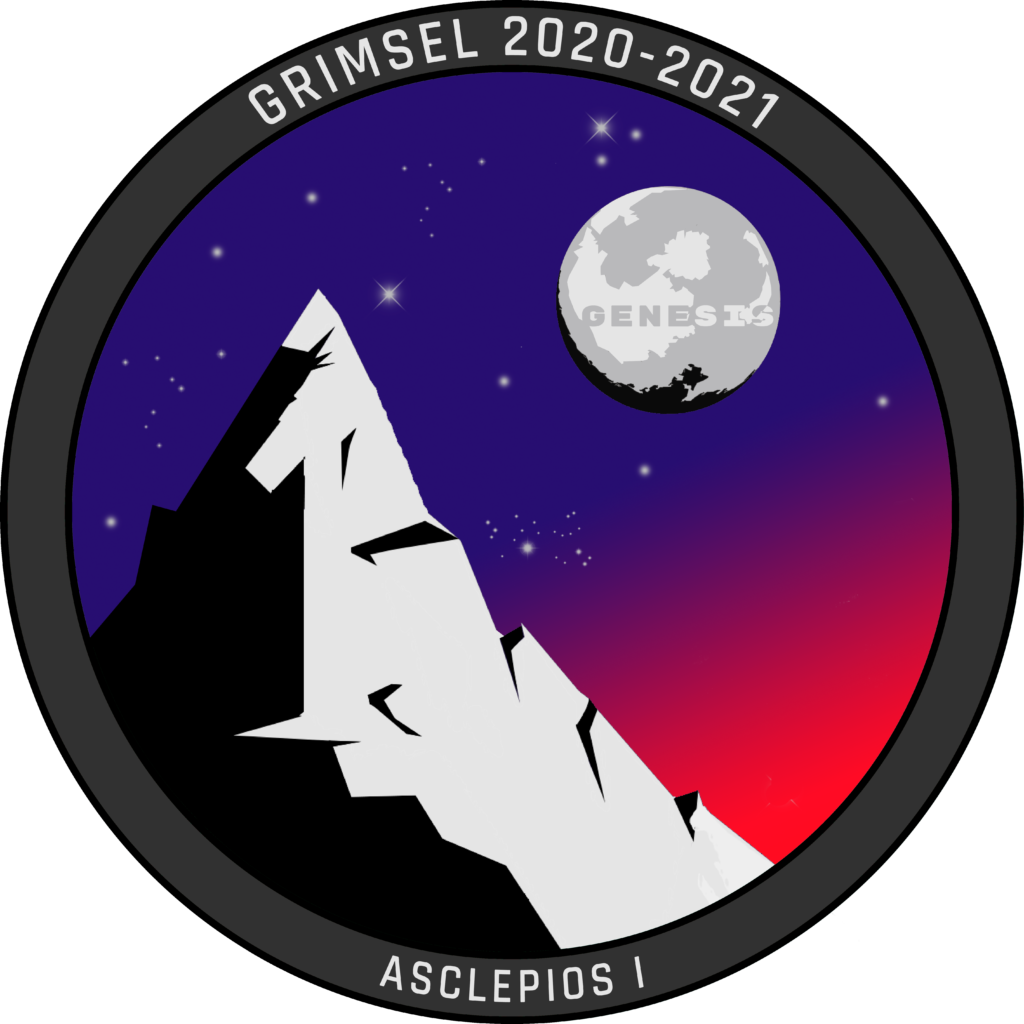
Patch design: Asclepios Team
Asclepios III
Asclepios III, our third analogue mission, was set in a Lunar South Pole environment. A crew of international analogue astronauts were placed in isolation and carried out experiments and EVAs to explore the challenges of space medicine. The mission itself took place at Sasso San Gottardo, Switzerland.
The Eagle Crew
This Asclepios III-crew was composed of the ten analog astronauts. The crew performed an analogue space mission in all its components: training and thorough preparation; maintain and perform repairs of their base if needed; conduct scientific experiments and communicate with the ground team of the MCC as would a regular astronaut crew. The astronauts have been drafted from students all around the globe whose level of study ranges from bachelor to PhD.
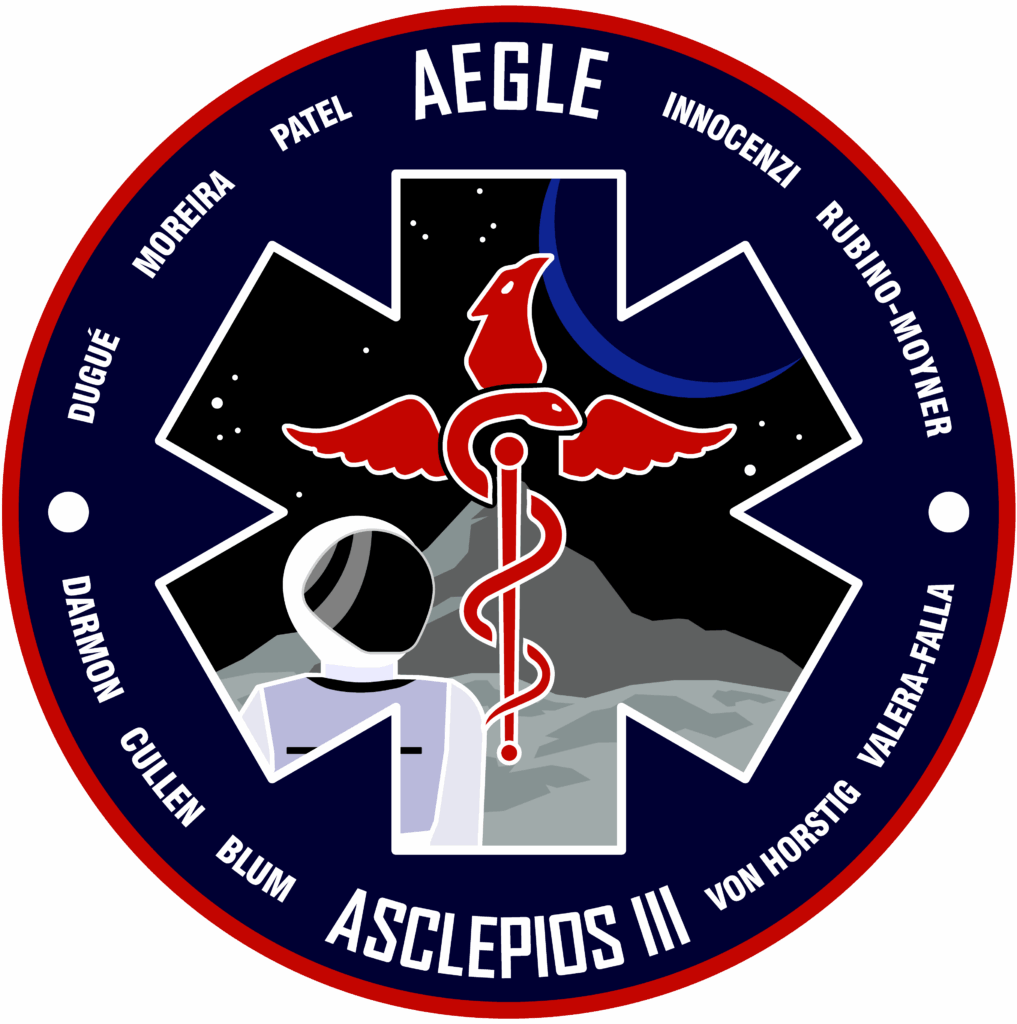
patch design: Chanud Sithipreedanant
Max von Horstig
PhD in battery process engineering
Nationality: German
Age: 28
Role: Base Engineer
Rebecca Blum
BCs in Cellular and Molecular Biology at Brown University
Nationality: American
Age: 20
Role: Medical Officer
Luke Cullen
PhD in AI for Environmental Risks at University of Cambridge
Nationality: British
Age: 26
Role: Commander
Pietro Innocenzi
PhD in High Speed Aerodynamics at Imperial College London
Nationality: Italian
Age: 24
Role: Science Specialist
Núria Moreira
5th year Medical Student at ICBAS – University of Porto
Nationality: Portuguese
Age: 22
Role: CapCom
Samuel Darmon
BCs in Mechanical Engineering at EPFL
Nationality: Swiss
Age: 23
Role: Medical Officer
Marion Dugué
joint-MSc in Applied Geophysics, TU Delft and ETH Zurich
Nationality: French
Age: 22
Role: CapCom
Baptiste Rubino-Moyner
Master SpacE Exploration and Development Systems (SEEDS)
Nationality: French
Age: 24
Role: Communication Officer
Rocio Valera-Falla
Integrated Master student in Aerospace Engineering at University of Nottingham
Nationality: Spanish
Age: 22
Role: CapCom
Palak Patel
PhD in Mechanical Engineering at MIT
Nationality: American
Age: 25
Role: CapCom
Scientific Experiments
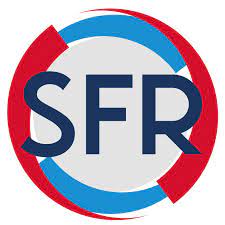
MITBO
Organization: Société Française de Radiologie & MEDES/Spaceship-CNES
France’s national radiology society (Société Française de Radiologie, SFR), French Space Agency (CNES), and French Space Medicine and Physiology Institute (MDES) are currently designing an emergency toolkit for interventional radiology procedures. Each astronaut will perform a medical intervention on a phantom using ultrasound guidance according to the techniques of interventional radiology. This technique is then applicable to a large number of other pathologies as an alternative to surgical techniques that are impossible to perform in space flight conditions.
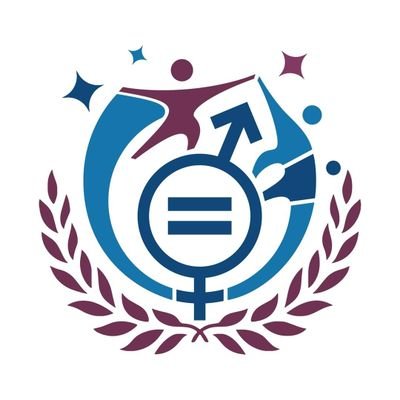
DIVINAS – DIVersity IN Astronaut Selection
Organisation: Space Generation Advisory Council SGAC
DIVINAS aims to study the best way to communicate with deaf astronauts by investigating the effectiveness of different forms of instructions (sign language, written text, graphics) in completing a critical task. The study measures cognitive workload, situation awareness, and physiological data through performance-based measures, surveys, and an experiment with people who have hearing loss for comparison.
SpaceAdapts
Organization: Human Adaptation Institute
The project aims to investigate the impact of living in isolated and confined environments on analog astronauts. It will be evaluated both individually and as a group through a combination of psychological, cognitive, physiological, and management measures. It is expected to map social interactions, identify key positions and their evolution over time. These results could be used to help the selection, training, and support of future astronauts, and to better understand the coordination mechanisms of teams operating in extreme conditions.
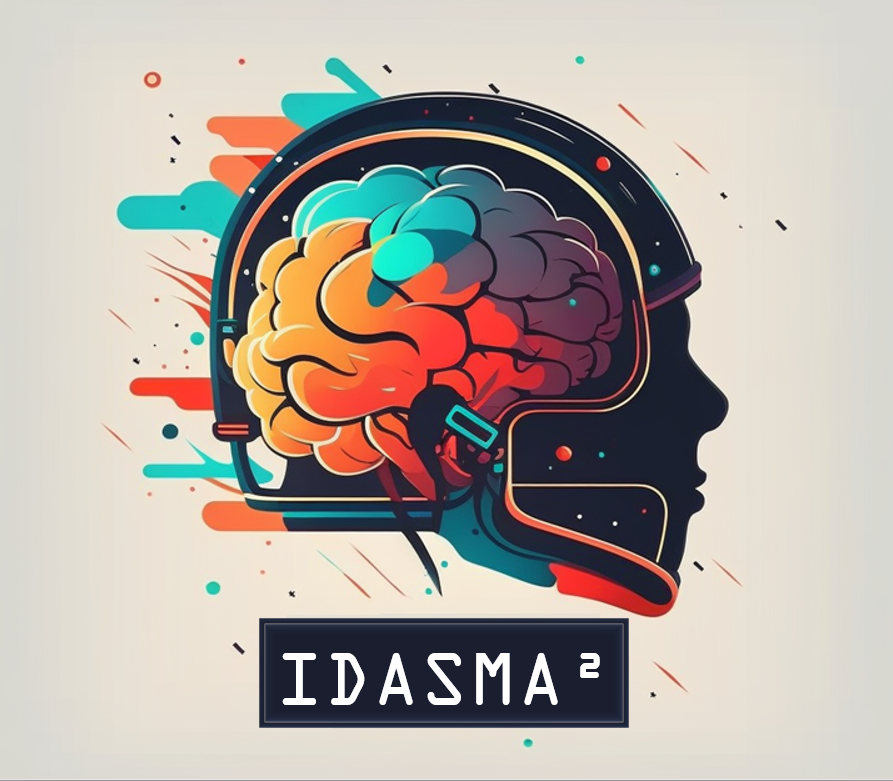
IDASMA – Impact of Depression Anxiety and Sleep on Motivation on Analogue Astronaut
Organization: Rennes University, France
This project aims at studying how motivation and performance evolves during the mission by evaluating three reward-processing subcomponents. The data to be collected will involve depression, anxiety and sleep quality in combination with tests such as Cambridge Gambling Task, Monetary Incentive Delay Task, Iowa Gambling Task for example.
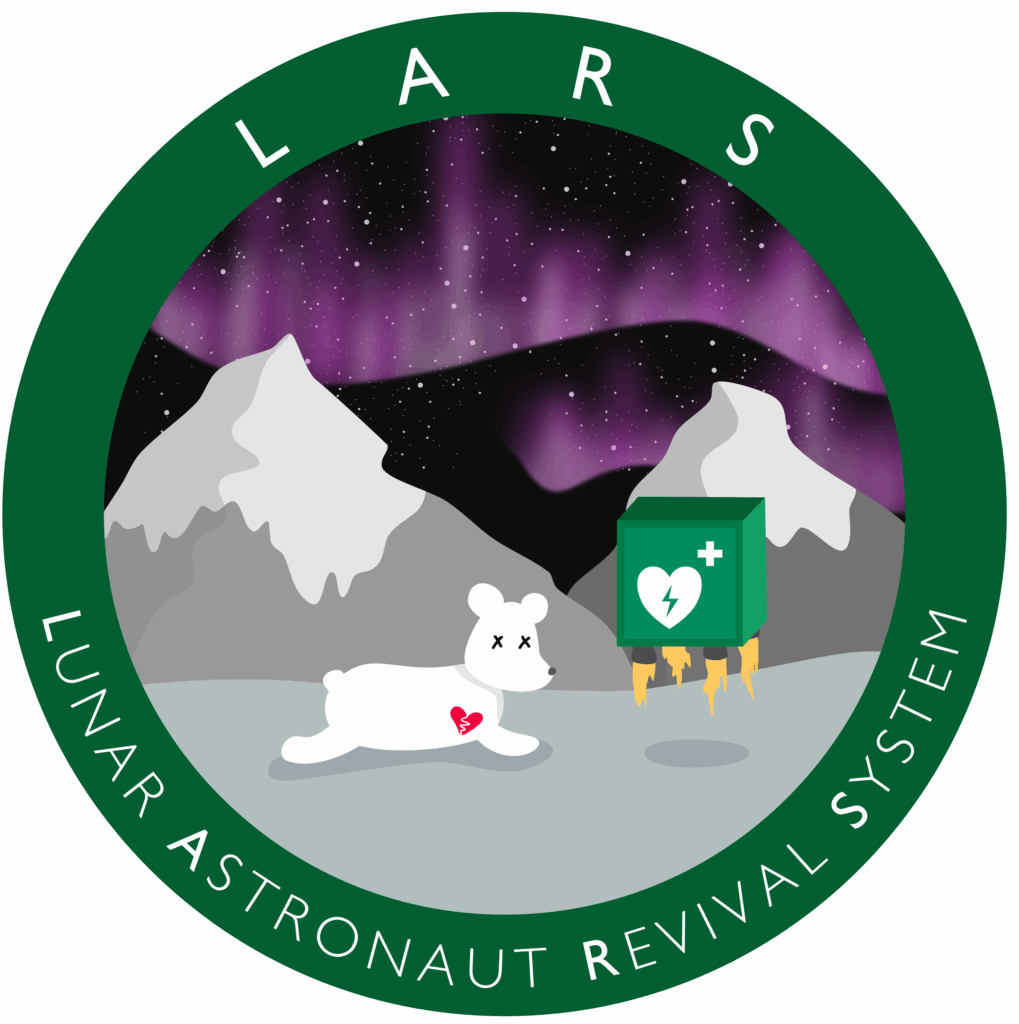
LARS – Lunar Astronaut Revival System
Organization: BEARS – Berlin Experimental Astronautics Research Student Team
LARS illustrates the methodology of testing a newly developed CPR Robotic device during an EVA on a mannequin. This process will be recorded by the crew and compared with the old method of carrying the mannequin back to the base and perform CPR.
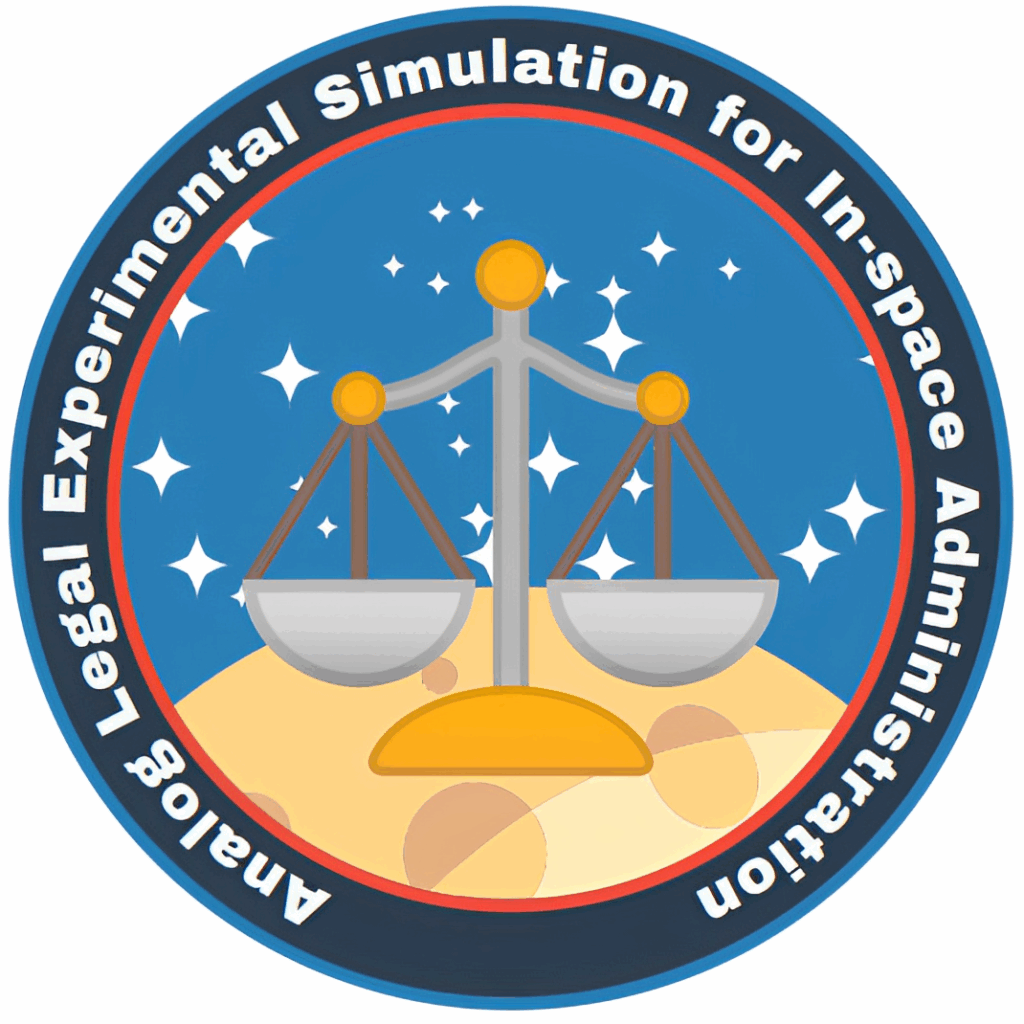
ALESIA – Analog Legal Experimental Simulation for In-space Administration
This project seeks to investigate the ways in which it will be possible to outline an autonomous decision-making model in the context of human settlements in space, while measuring the impact of permanence in a challenging environment on the perception of the concept of justice and on the ability to make decisions consistent with a legal-social model.
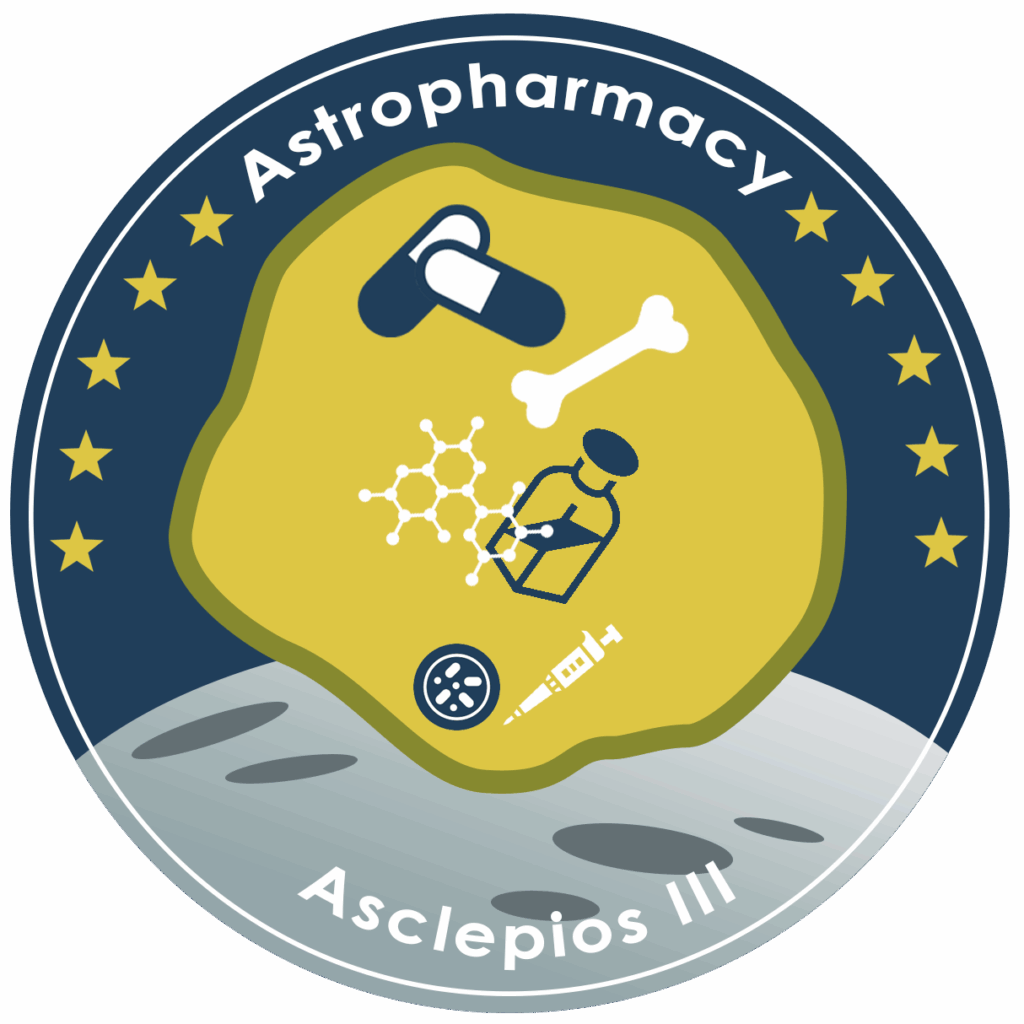
Astropharmacy Payloads
Organisation: NASA AMES Research Center, University of Nottingham
This project investigates two systems for producing therapeutic proteins: 1) cell-free (University of Nottingham), 2) cell-based (NASA AMES) using Bacillus subtilis. The main objectives are to quantify and compare protein production, demonstrate the technology of the cube system and investigate the challenges of automated vs manual drug production.
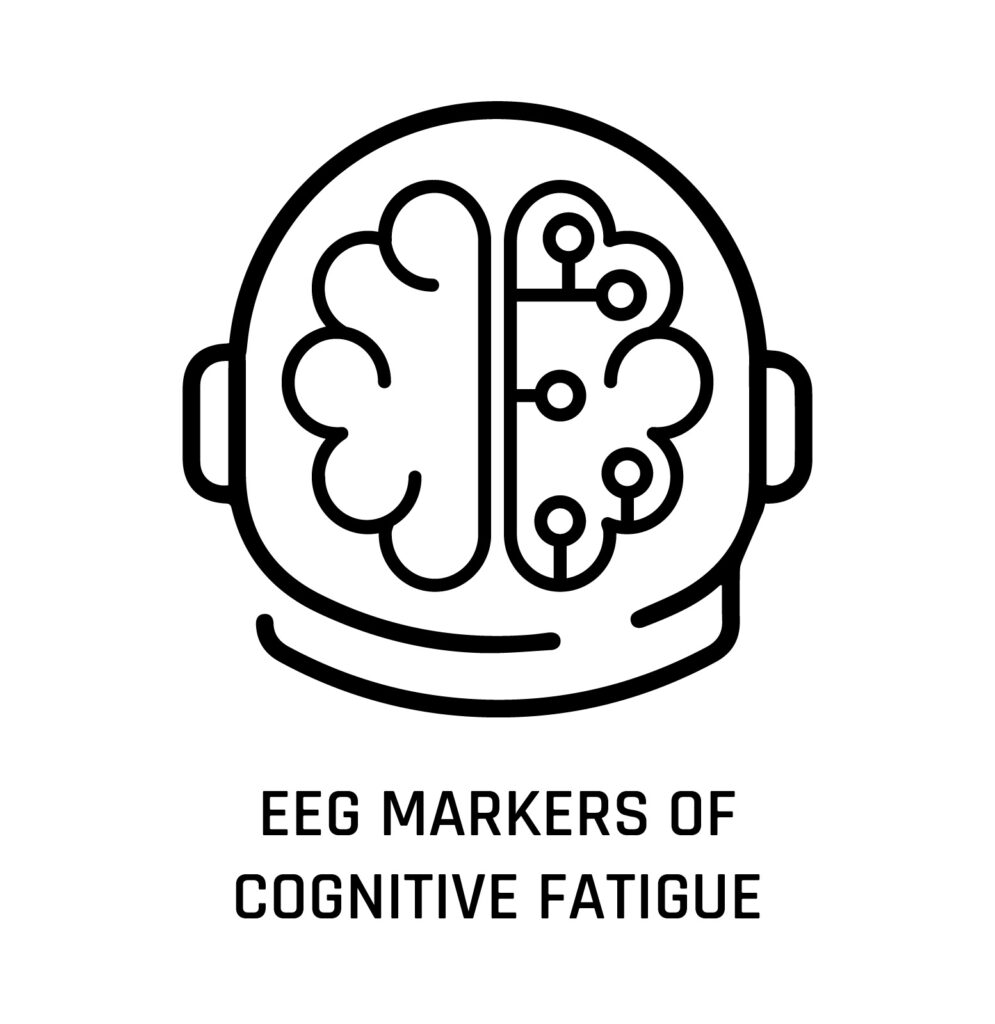
EEG markers of cognitive fatigue
Organisation: Neuralworks Technologies
The project aims to gather data on brain function and operational performance to provide insight into the effects of isolation and stress on crew. The astronauts will play a toy analog mission game where a fixed number of decisions needs to be made during a mission.
Our Teams
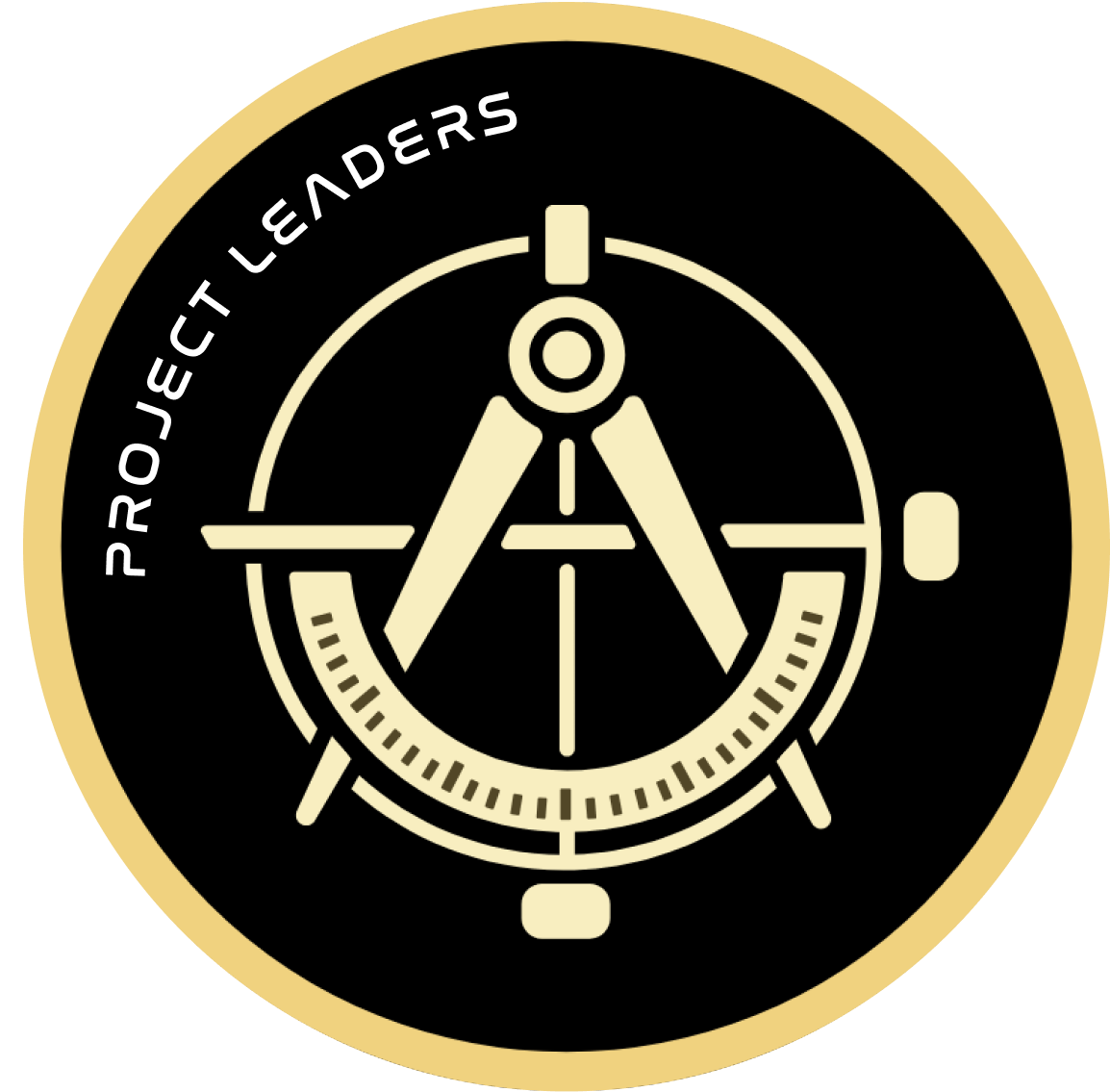
Project Leaders
Loïc Lervilee-Rouyer & Elena Contreras
The project leaders are the chief executives for the mission. They mentour, coordinate and support all the Heads with their teams’ activities.
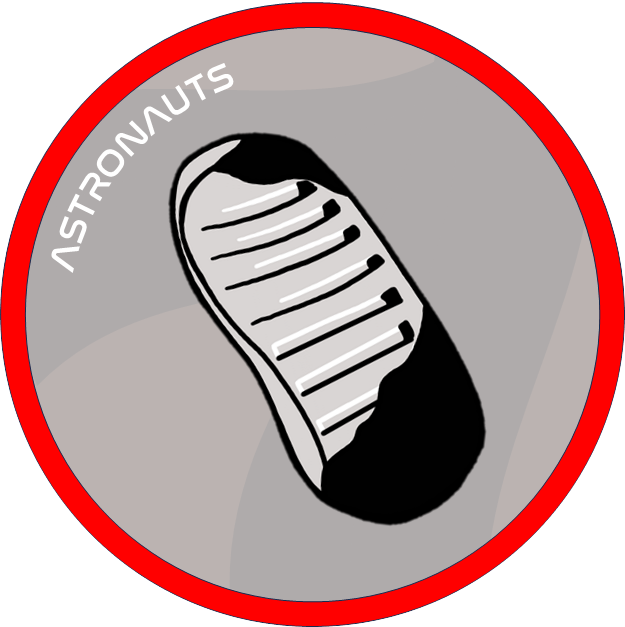
Astronaut Team
Team Head: Emma Chehab
The astronauts team handles everything related to the astronaut crew of the Asclepios missions. They are responsible for every step of the recruitment and selection of the crew. Once the crew is recruited, its training (survival, science, communication protocols, teamwork) is their responsibility.
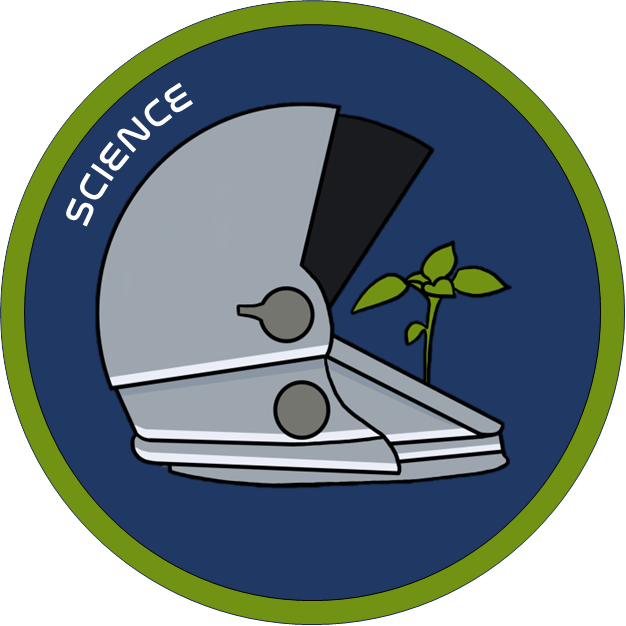
Science Team
Team Head: Chiara Armandi and Arnault Monoyer
The Science team interfaces between Asclepios and our scientific collaborators. Each year, the Science team puts out a Call for Projects to solicit proposals from academia and industry for projects to test in the Asclepios mission. Science team members collaborate with Principal Investigators throughout the year to implement their experiments in the mission. The Science team also plans and implements their own experiments.
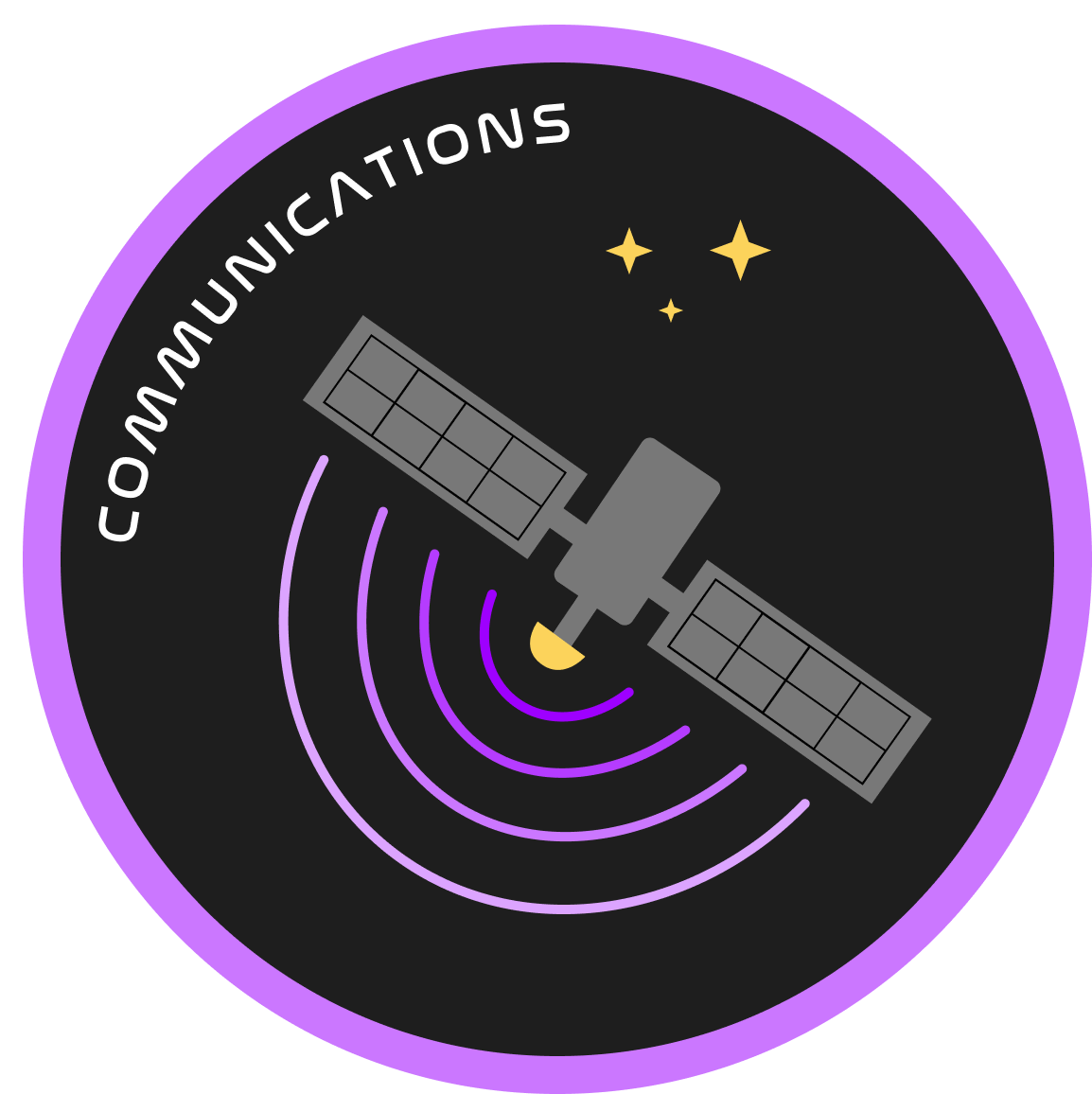
Communication Team
Team Head: Sakhaa AlMadani
The Communications Team shares our work at Asclepios with the rest of the world! This team is responsible for managing the Asclepios social media and website, as well as designing team merchandise and mission and team patches.
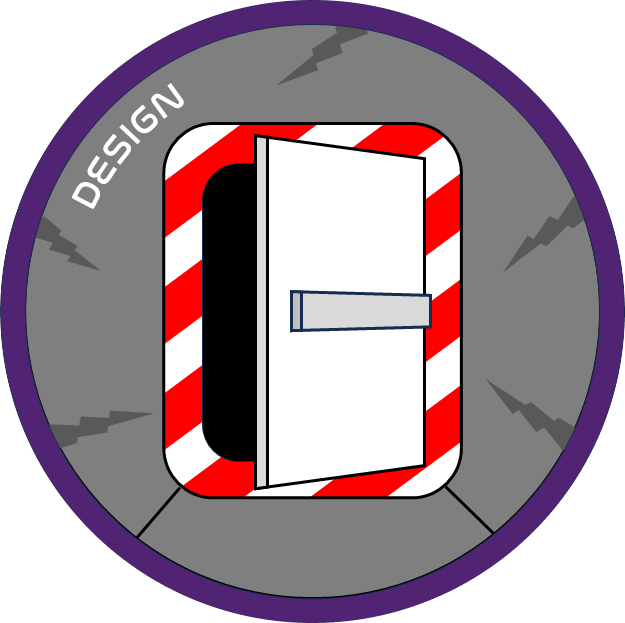
Design Team
Team Head: Diego González
The Design Team manages the internal design of our analog lunar base. They work on the base layout, airlock design, spacesuit design and maintenance, and the launch simulation, along with other projects.
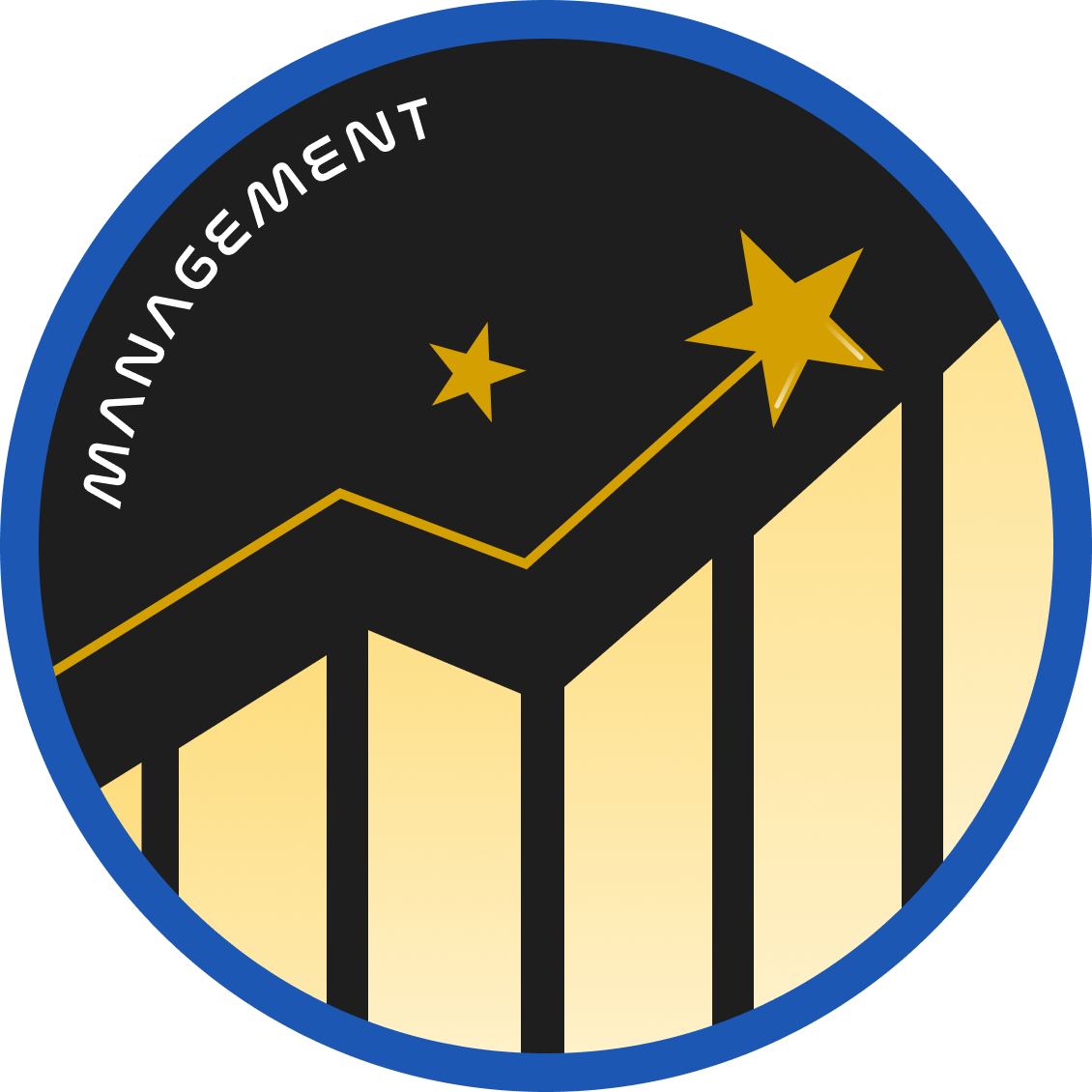
Management Team
Team Head: Veronica Orlandi
The Management Team overlooks everything that ensures smooth functioning of the association, including finance, logistics, and legal departments. They work on the mission budget, partners’ agreements and general logistics for the mission.
Asclepios III Sponsors


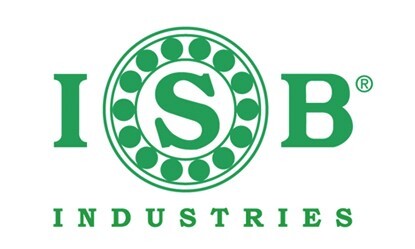

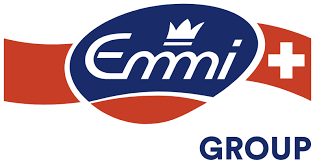

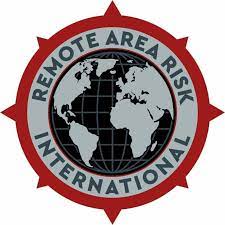
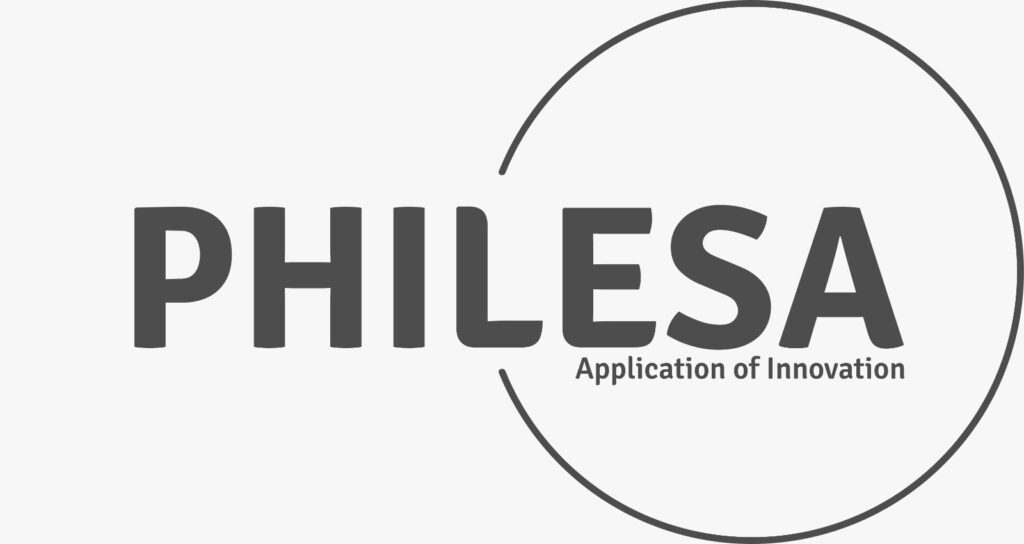


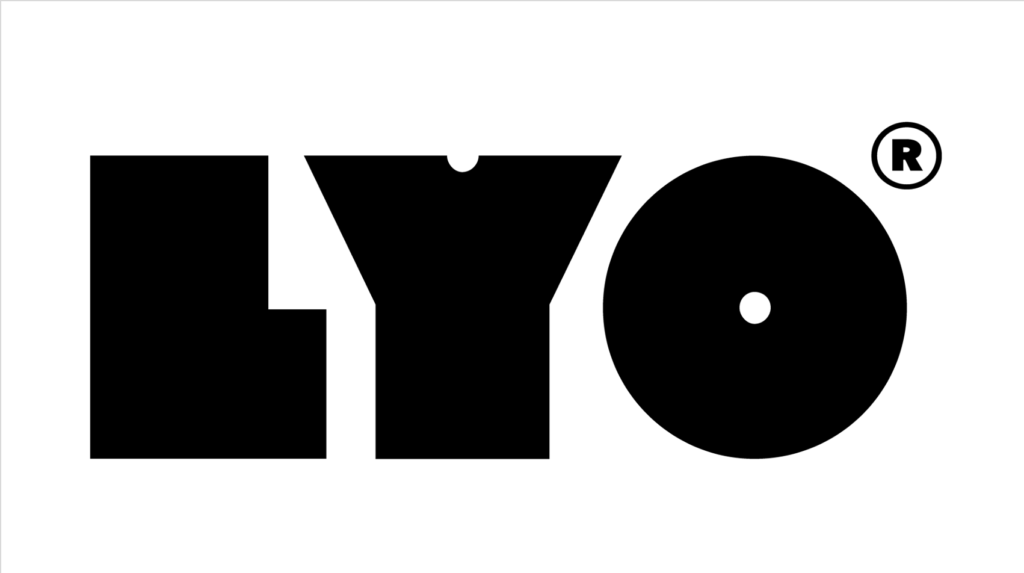
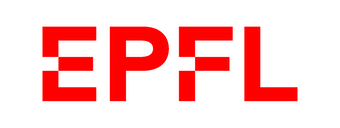


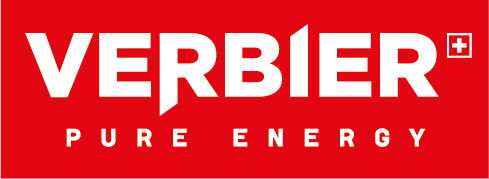
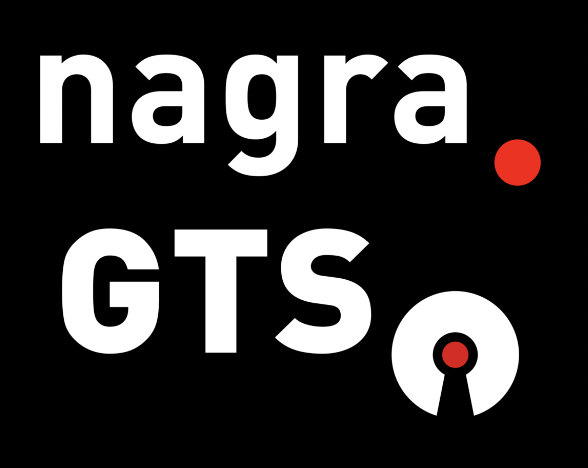


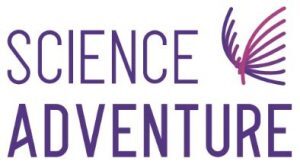
Our Missions
Asclepios V
After four successful missions, Asclepios launched its fifth mission. Nine analog astronauts from around the world have been selected to become the Iris crew and spent up to sixteen days in isolation in the Sasso San Gottardo fortress. The mission brought exciting new features, including crew rotations and a rocket room to simulate the journey to the Moon!
Asclepios IV
The analog mission Asclepios IV, launched in Summer 2024, was a lunar base simulation. The astronauts were students that went through extensive training to master the successful execution of the selected projects and experiments. Upon successful completion of the trainings, six astronauts spent two weeks isolated inside a simulated lunar base, in Switzerland, and took part in extravehicular activities (EVAs).
Asclepios II
Asclepios II, our second analogue mission, was set in a Lunar South Pole environement. A crew of six international analogue astronauts were placed in isolation while they carry out experiments and EVAs to explore the challenges in the search for water. The mission took place at Sasso San Gottardo, a Swiss world war era fortress in the Airolo municipality of Switzerland.
Asclepios I
As the first mission of the Asclepios project, Asclepios I laid the foundation on which the following missions will be built. It served to accomplish the project’s goals as it demonstrated the viability of student led analogue missions. This mission served the purpose of testing the structure chosen for an Asclepios analogue mission but also the project structure itself. It was also oriented towards an ecological and sustainable approach. This was underlined by multiple choices ranging from alimentation to the construction of base structures.
